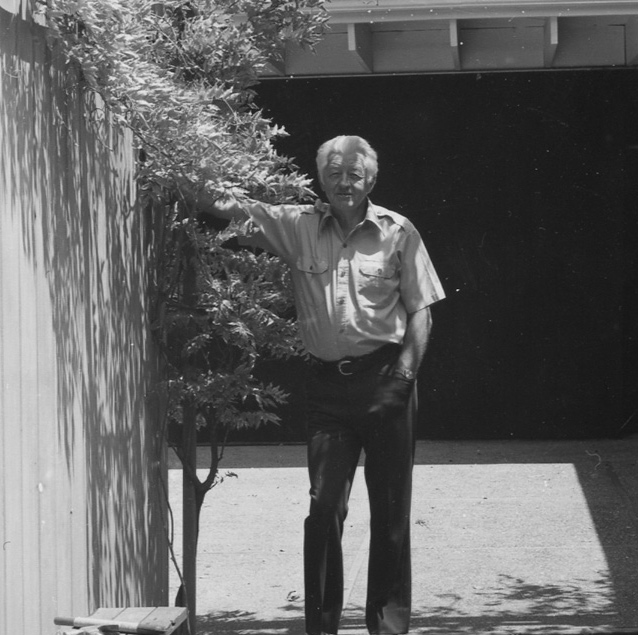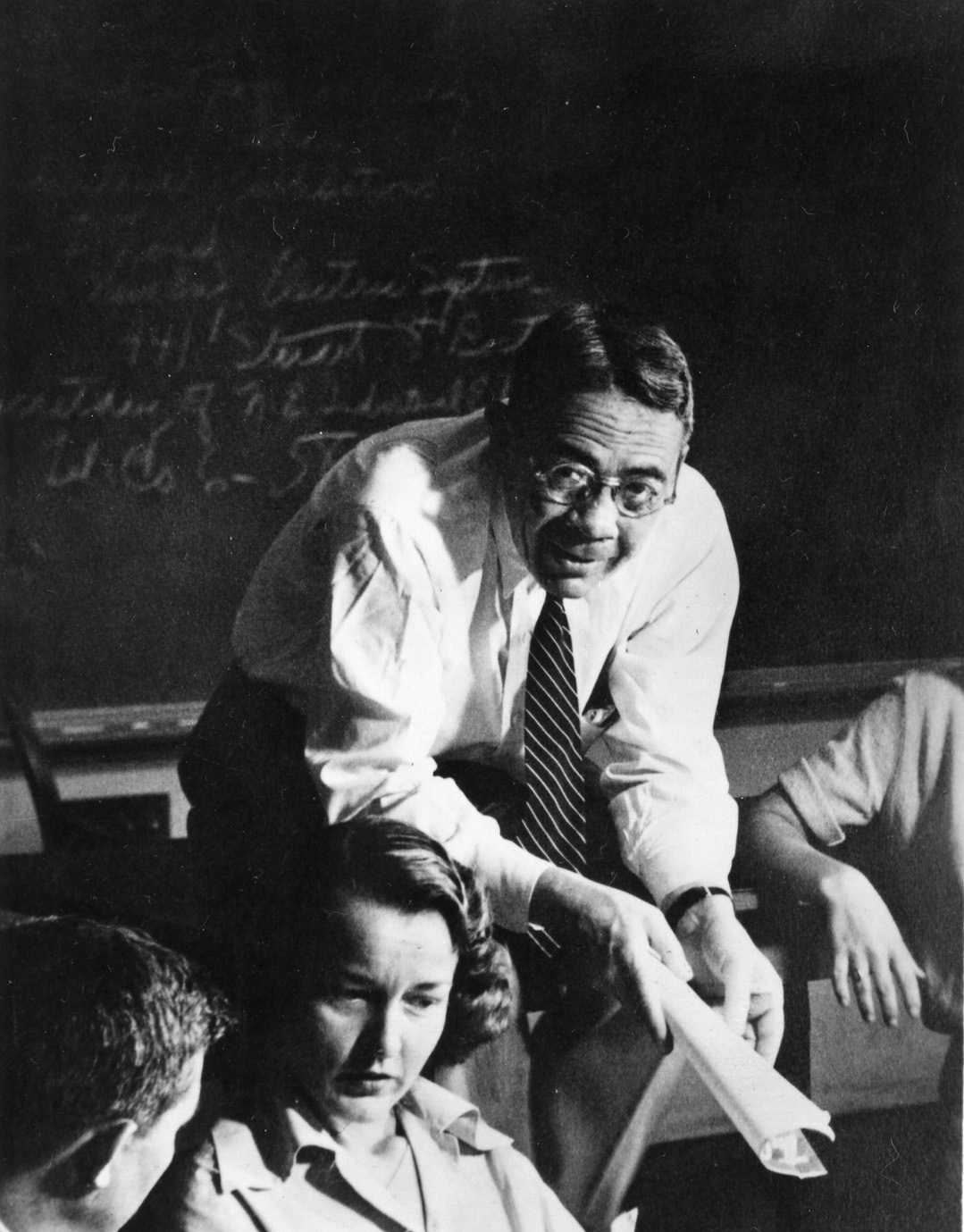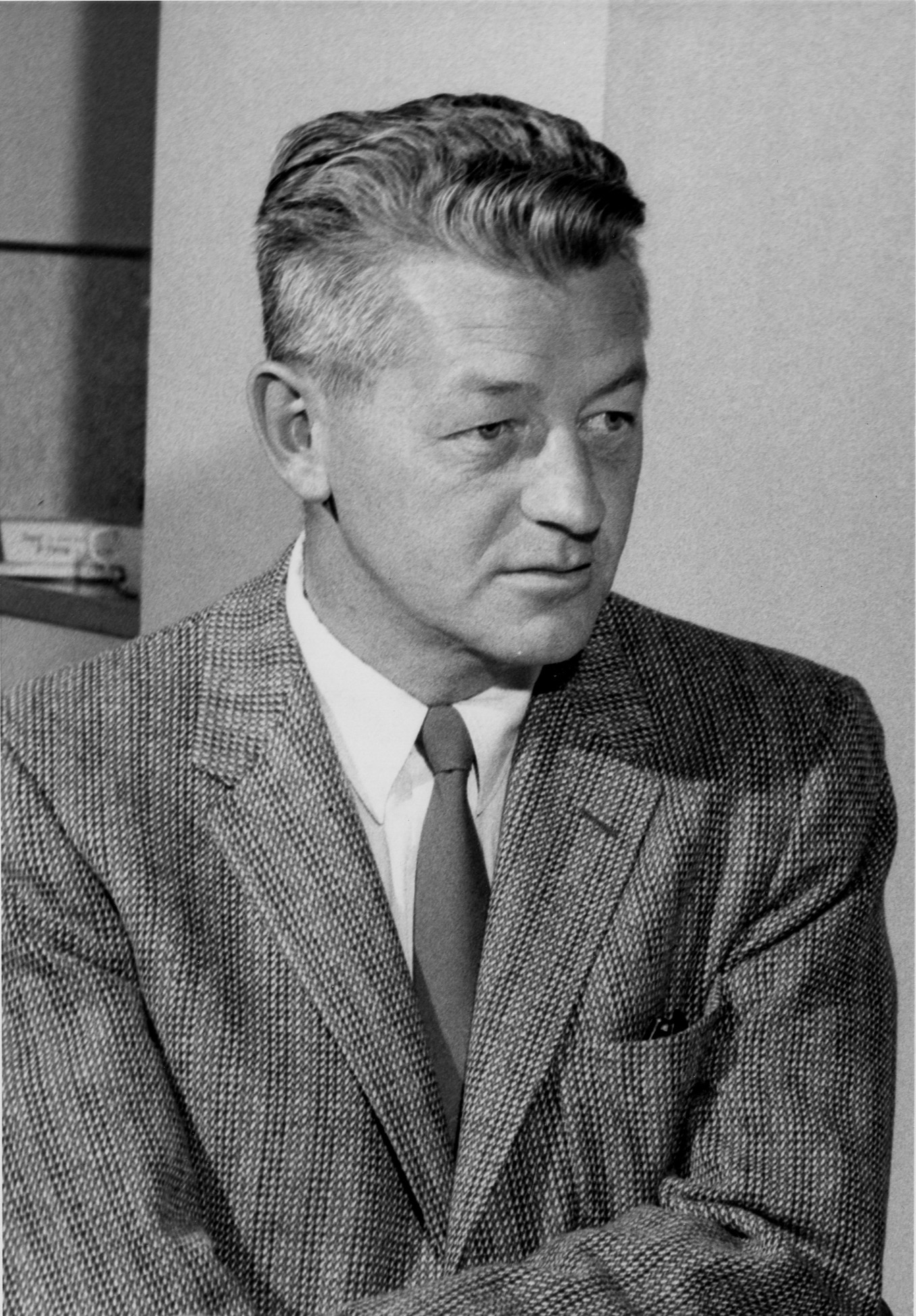Wallace Stegner Exhibit
Writing from History
A Literary Life Rooted in Partnership
Writing was infused into every facet of Stenger’s life. In 1934 he married Mary Stuart Page. Their 59 year marriage prompted author Arthur Schlesinger to write that the couple shared a “personal literary partnership of singular facility.”
The 1940s and 50s were rich in Stegner’s writings, including the non-fiction books Mormon Country and One Nation, in addition to Second Growth, a combination of three stories set in a fictional New Hampshire village, and The Preacher and the Slave, a biographical novel based on the life of Joe Hill, a legendary musician and union organizer who was later executed in Utah in 1915. At this time he would also produce Beyond the Hundredth Meridian: John Wesley Powell and the Second Opening of the West. A piece considered by many to be Stegner’s greatest work of non-fiction.







